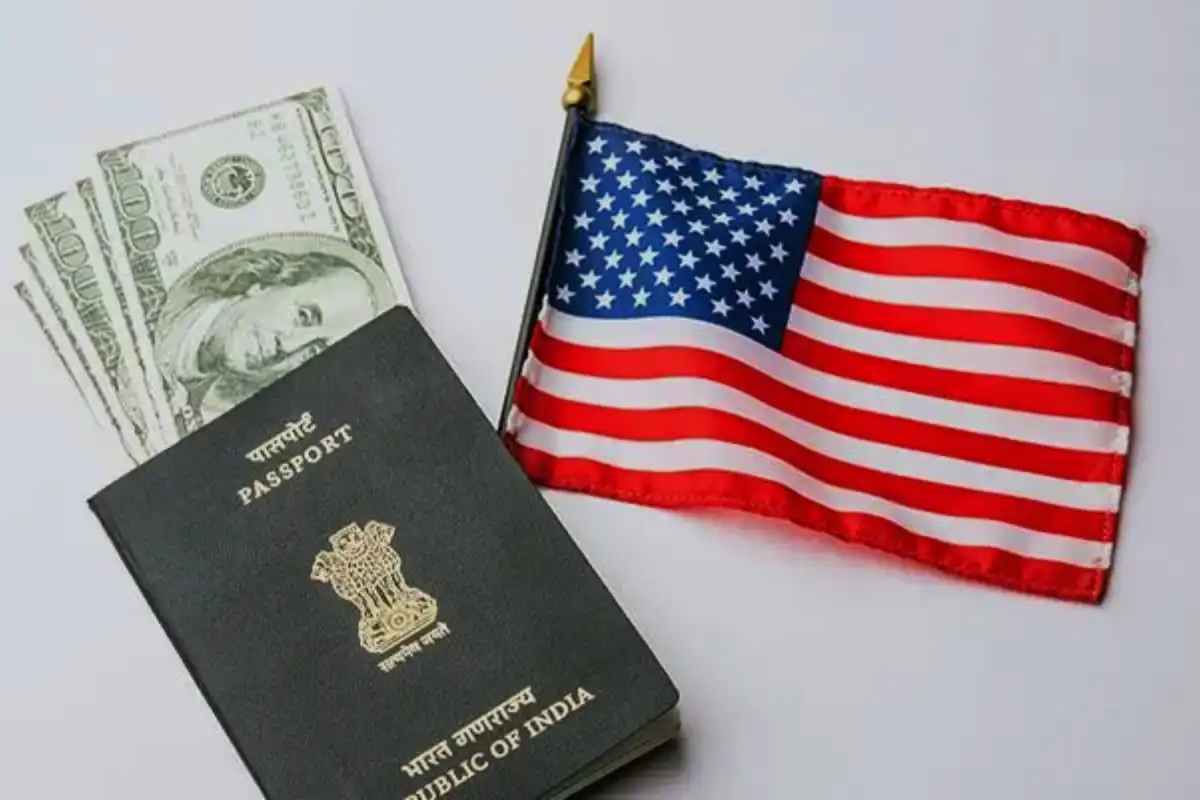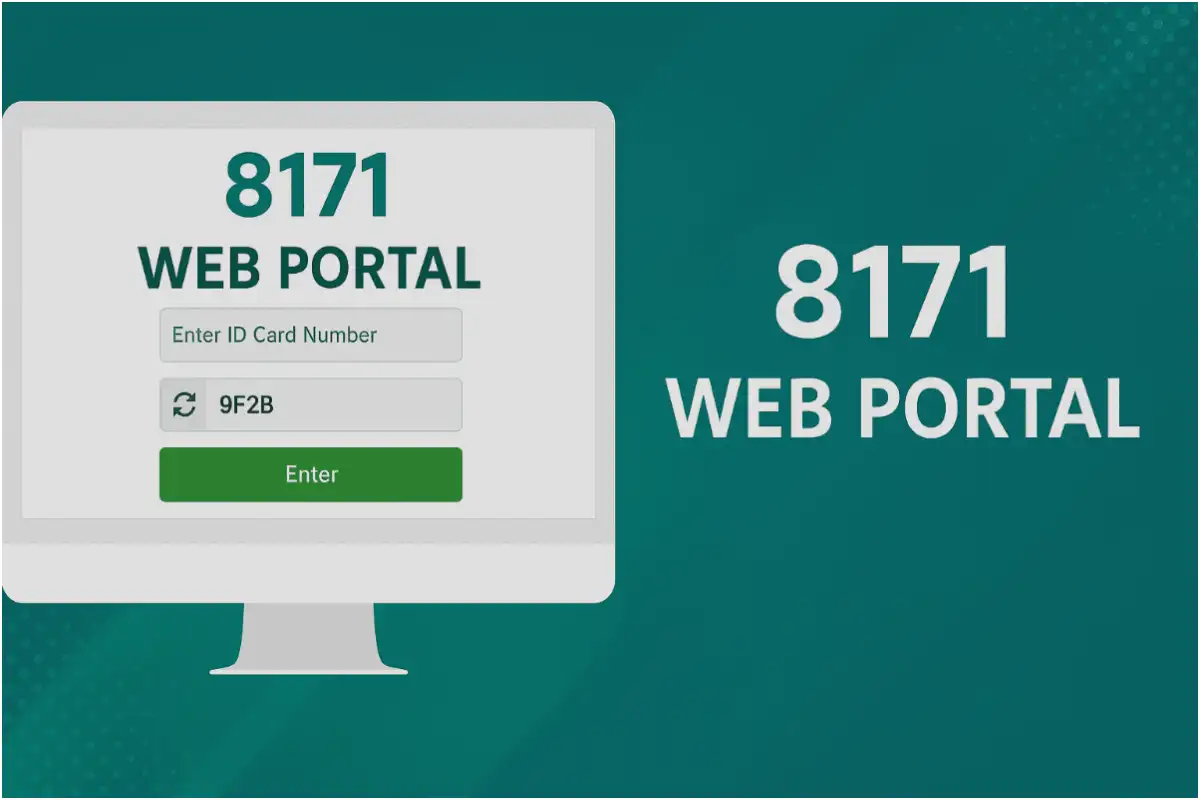What is the L-1 Visa — and can it be an alternative to H-1B Visa?

What is the L-1 Visa — and can it be an alternative to H-1B Visa?
With the Trump administration announcing a steep $100,000 fee on new H-1B applications, many are questioning whether the L-1 visa could serve as a viable alternative. The L-1, long used by multinational companies, allows them to transfer executives and skilled staff between their overseas branches and U.S. offices.
What is the L-1 visa?
The L-1 is a non-immigrant work visa for intracompany transfers. To qualify, employees must have worked abroad for at least one year in the past three years with the same multinational company, either in a managerial/executive role (L-1A) or a specialised knowledge position (L-1B). Only the employer can file the petition, as individuals cannot apply independently.
Texas-based attorney Chand Parvathaneni explained, “It is an intra-company transfer visa. If you are working for company X in India for a year, you can be transferred to the same company X in the US but you cannot switch to company Y or Z. The rule is very narrow.”
L-1 issuance and scrutiny
Official U.S. data shows 76,988 visas were issued in FY2019, dropping to 24,863 during the pandemic, but rebounding to 76,671 in FY2023. While refusal rates have declined to 3–4%, experts warn the L-1 often faces stricter scrutiny than H-1B due to potential misuse and vague definitions of “specialised knowledge.”
Pros and cons of the L-1
The L-1 has no lottery or cap, allows dual intent for green cards, and permits spouses on L-2 visas to work automatically. However, it ties workers to the same employer, is limited to five years (L-1B) or seven years (L-1A), and cannot be extended simply while awaiting a green card.
Houston attorney Rahul Reddy noted, “If a person is more eligible for L-1, they were already bringing them on L-1 because it costs less and keeps them tied to the company. But it’s not easy. Rejections are high because the government wants to make sure the skill set is truly unique.”
L-1 vs H-1B
The H-1B targets “speciality occupations,” requires employer sponsorship, and is capped at 85,000 visas annually. Employers must pay prevailing wages, often exceeding $100,000 for tech jobs. In contrast, the L-1 has no wage requirements but is restricted to intracompany transfers.
Experts agree the L-1 is not a blanket replacement. “The number of L-1 visas is not going to suddenly go up because of the H-1B changes,” Parvathaneni said. Reddy added that students on F-1 visas are ineligible for L-1, making H-1B the main route for most skilled workers.
In summary, the L-1 remains a specialised option for multinational companies, offering benefits for those who qualify but strict limitations for others. As Parvathaneni concluded, “For people in India working for big firms, yes, it can be an option. For students or those already in the U.S., no. H-1B remains the main pathway.”
Catch all the Trending News, Breaking News Event and Trending News Updates on GTV News
Join Our Whatsapp Channel GTV Whatsapp Official Channel to get the Daily News Update & Follow us on Google News.














